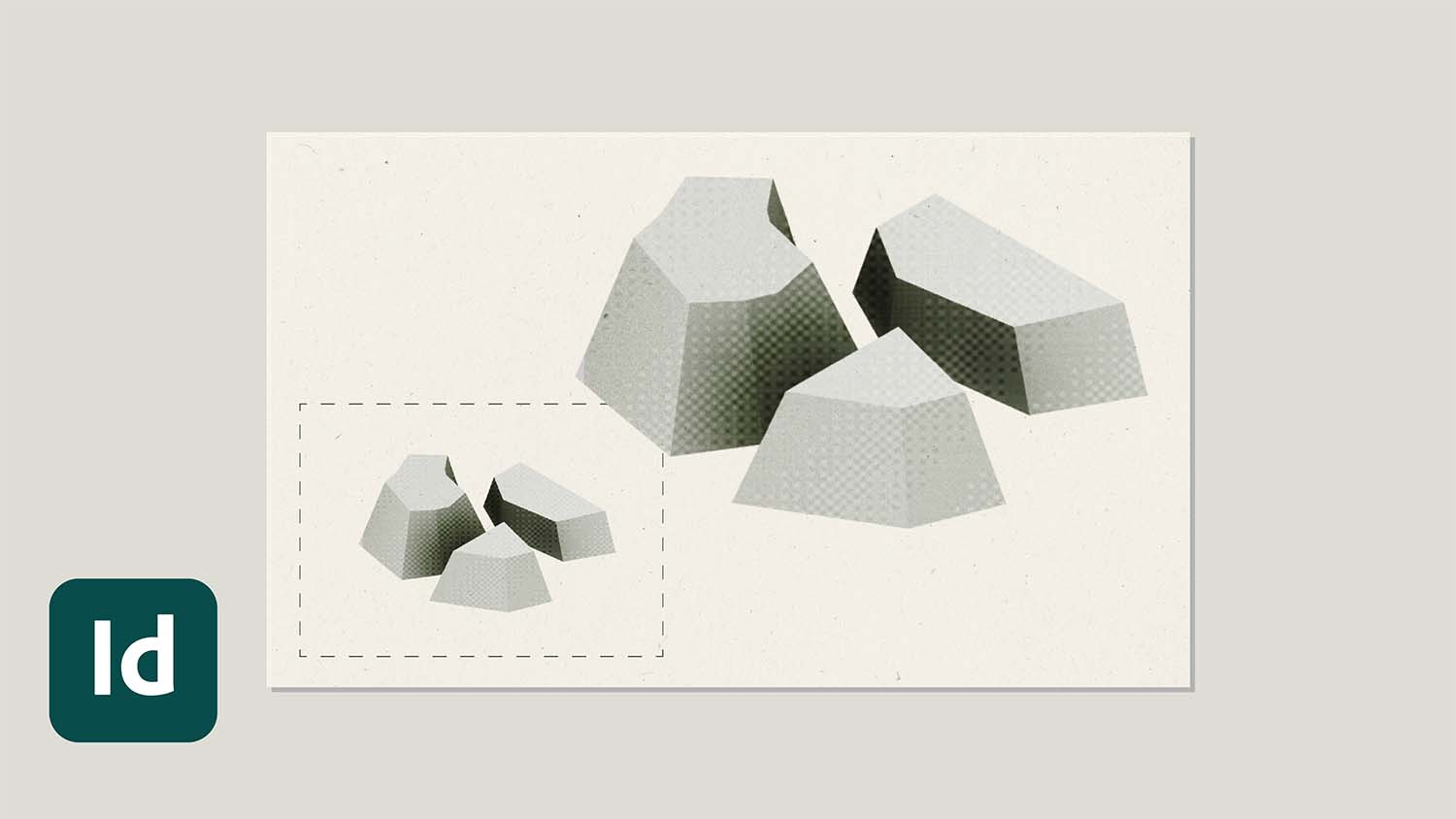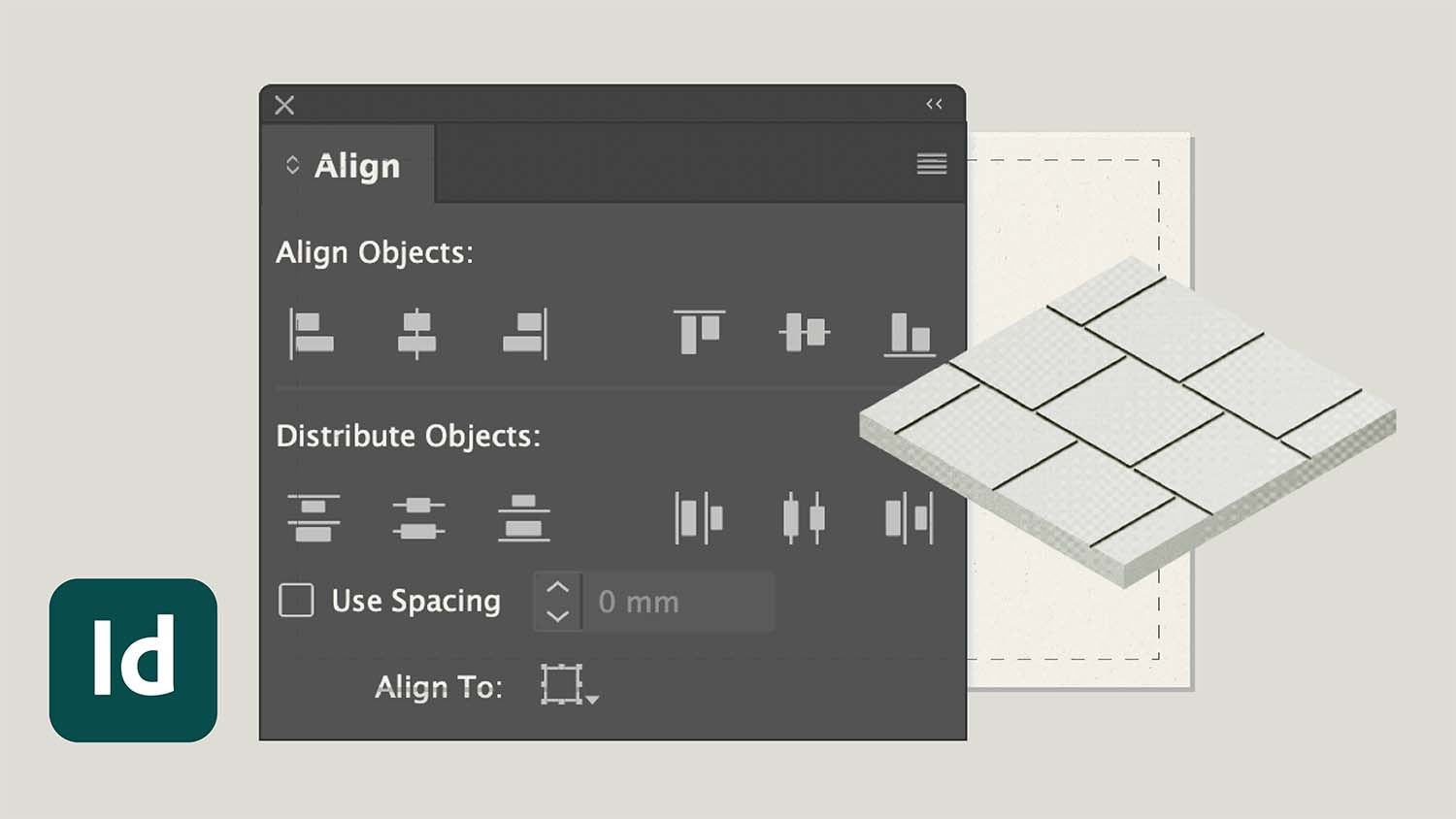Paragraph styles

Locate the Paragraph Styles panel
Make sure you have the Paragraph Styles panel open by navigating to the menu Window → Styles → Paragraph Styles and drag it to the right-hand side of the user interface.
Edit your Parent page
To add placeholder text frames for elements like page titles to every page, we'll include these on a Parent page and style them using Paragraph Styles:
- Double click on your Parent page
Create a new text frame
Before we can create new Paragraph Styles we need a new text frame to edit:
- Select the Type tool from the Toolbar on the left-hand side.
- Click and drag to draw a new text frame.
- Go to the Type menu → Fill With Placeholder Text.
Edit the basic Paragraph Style
The Basic Paragraph style controls the font settings for default text in your document, often called ‘Body’ text. Body text in your document is usually the smallest size font, between 8–10pt. You can edit the Basic Paragraph style to define the font family you want to use, set the sizing and spacing, and adjust many more font settings.
- Deselect the text box by clicking elsewhere on the page.
- In the Paragraph Styles panel, double click on Basic Paragraph to edit it.
- Navigate to Basic Character Formats on the left-hand side.
- Tick the Preview option.
- Change the font and font sizes as desired.
Turn off Hyphenation
Typically, you may not want your text to be hyphenated:
- Navigate to Hyphenation on the left-hand side.
- Untick Hyphenate.
- Click OK to save and apply these changes.
Create a new Paragraph Style
As well as basic paragraph, we can create additional custom styles for things like titles, subtitles, and captions.
- Select some text inside a text frame.
- In the Paragraph Styles panel, click + to create a new style.
Edit the new Paragraph Style
Just like we edited the Basic Paragraph style, you can customise this new style:
- Double-click on the new Paragraph Style.
- Rename it to something logical, like ‘Titles’.
- Navigate to Basic Character Formats and style the text as desired.
- Click OK to save and apply these changes.
- Repeat this process for every style you need in your portfolio.
Adjust the spacing between Paragraph Styles
We can customise how much space is left before and after each paragraph style, to help make things like titles and paragraphs more clear.
- In the Paragraph Styles panel, select a style to edit, and double click on it.
- Navigate to Indents and Spacing.
- Adjust the Space Before or Space After as desired.
- Click OK to save and apply these changes.
- This spacing will apply every time there is a full return (new paragraph) underneath a line of text.
Text frame alignment
You can decide to align text within a text frame to always be aligned to the top, middle, or bottom of a text frame.
- Select the text frame itself (not the text inside it).
- In the top Control Panel, select the desired text alignment.
Basing a Paragraph Style on another Paragraph Style
You can interlink your Paragraph Styles by having them share certain characteristics (such as what font to use). This can be helpful when you need to change the font of your portfolio and you want it to update across all of your styles.
When creating a new Paragraph Style:
- Navigate to the General section.
- Under Based On select the Paragraph Style you wish this new style to be based on.
- Usually, it’s good practice to base new styles on the Basic Paragraph style.
- Any additional customisation of this new Paragraph Style will be treated as an override of the Basic Paragraph.
Edit Parent page elements in your document
Once you've created Paragraph Styles and added text frames to your Parent page, you can modify these placeholder elements throughout your document:
- Exit the Parent page by double-clicking on a page in your document.
- You will see any new Parent page elements or text frames will appear on every page (that has this Parent applied to it).
- To edit a 'locked' Parent page element, hold CTRL + SHIFT and click on the element.
- You can now edit this text frame.


